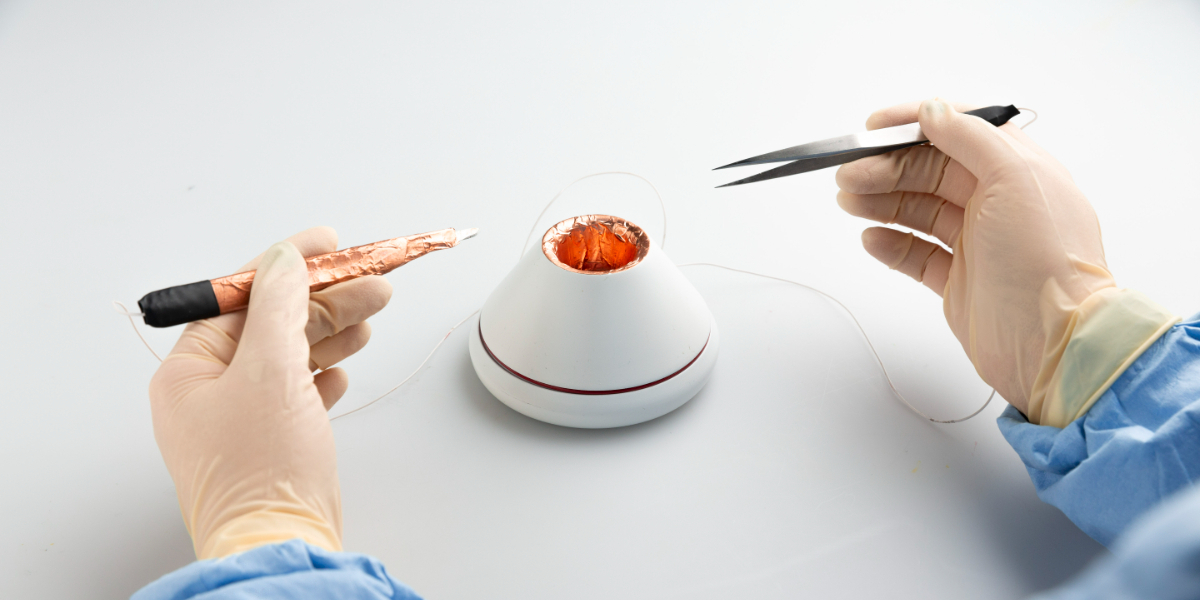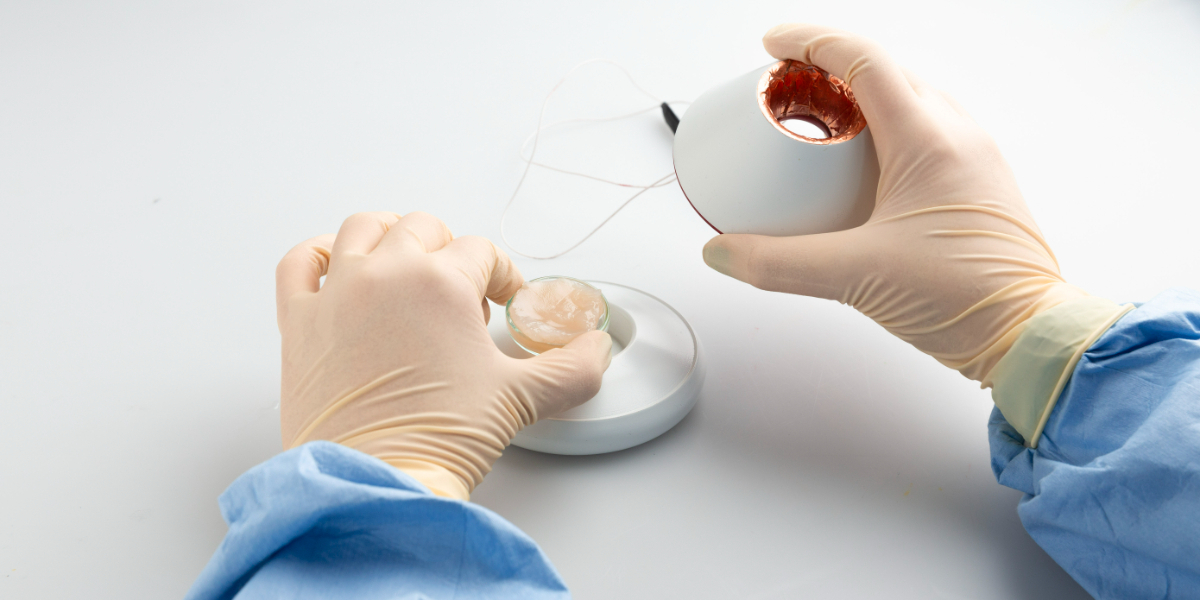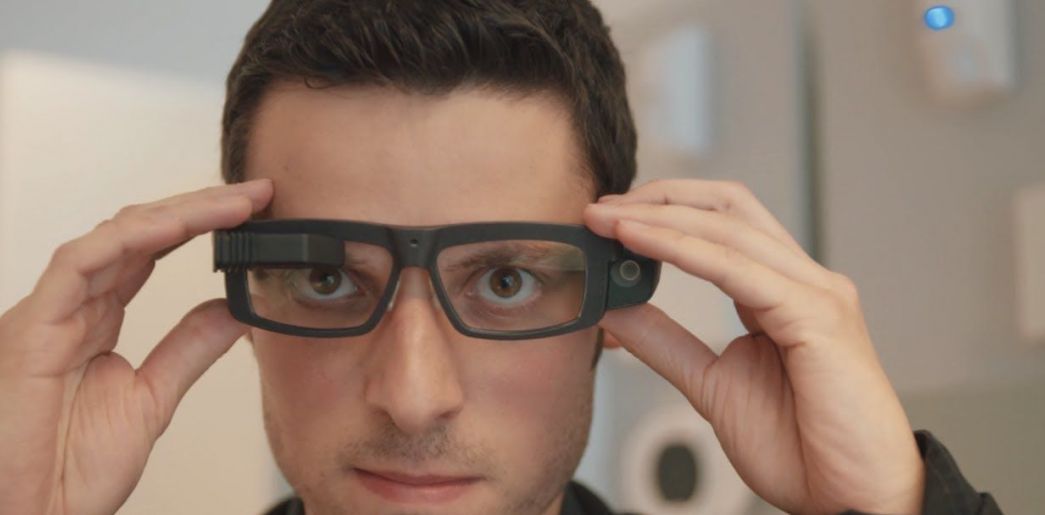AÑO
2023
CATEGORÍA
Trabajo
OBJETIVOS
Industria, innovación e infraestructura
PAL. CLAVE
medical procedures, medical practices, surgery
PAÍS
Germany
CRÉDITOS
Nils Sporys, Regina Gensinger
LINK
https://www.jamesdysonaward.org/2022/project/kambu/
Kambu
Training tool for micro-invasive surgery.
How does it work?
The heart of KAMBU is the organic tissue, which serves as a training object. With water, tea, and a little sugar, a Kombucha fungus can be used to grow tissue that varies in shape, color, and consistency.
Different objects can be grown into such fungi, which can be varied in shape without restriction and pose the task for the trainees to remove them from the fungi. This is where the operation device comes into play: The fungus is placed in the lower half of the device. Then the upper half is placed on top of it, which forms an operation canal. The inner wall of the canal is coated with electrically conductive material (copper), which registers contact upon touch with the surgical instrument. These must be avoided during the training. Errors can be noticed by a signal tone or counted and recorded by connection to a smartphone. The conical shape as well as the elevated opening make it impractical to put one's hands down - just like during real surgery.
Why is it needed?
There is a lack of accessible practice simulators for students and that they rarely have the opportunity to practice on the microscope even during their training. In the university context, students resort to using cadaver specimens or observing surgeons performing surgery. In so-called skill labs, expensive simulation equipment is purchased, but faculties can only afford small numbers.
How does it improve life?
This design provides trainee surgeons with an inexpensive, simple, and accessible way to practice their dexterity under the microscope, to measure and compare their progress.




